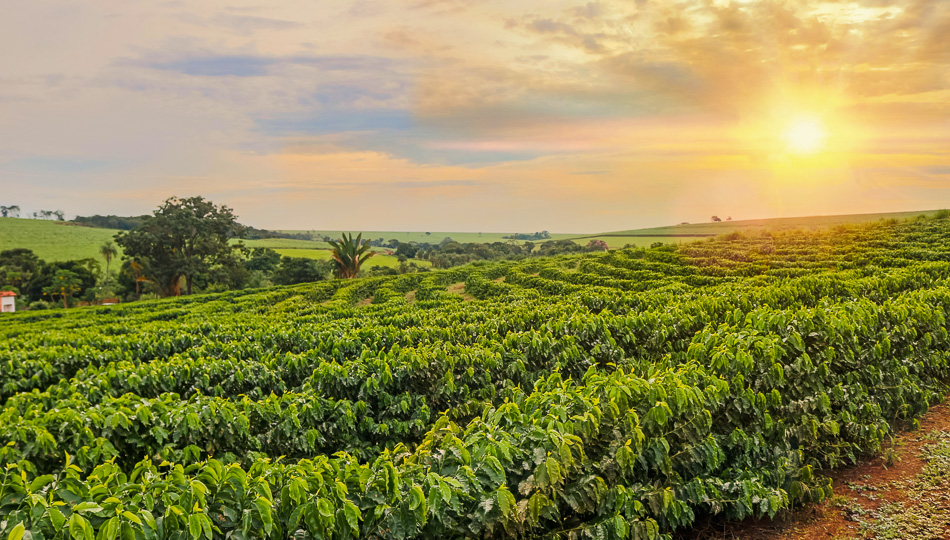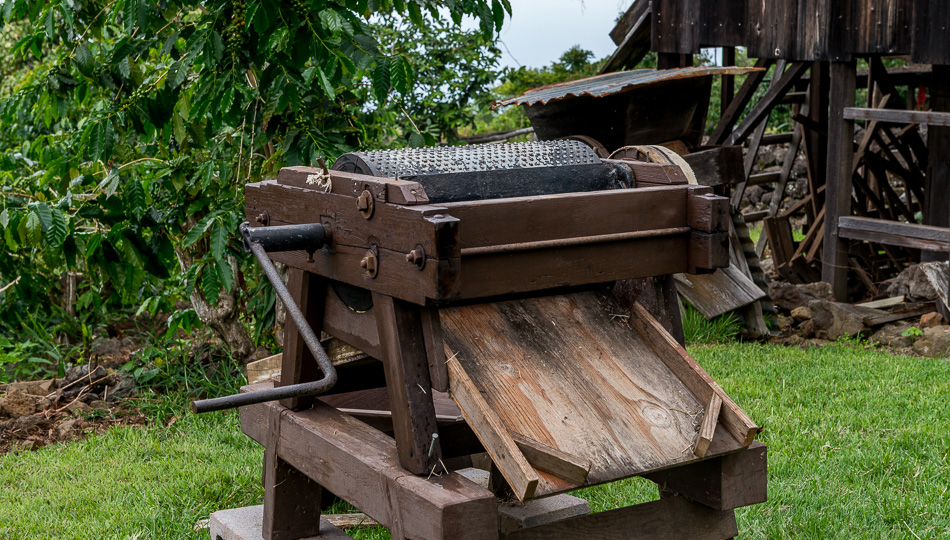Aloha Mix Food Truck in Naalehu
For those seeking a delicious meal while in the southern end of the Big Island, Aloha Mix Food Truck is a must-visit.

Praised throughout the world for its full-bodied, pleasing flavor and distinct aroma, genuine Kona Coffee is one of the prized outputs of Hawaii’s Big Island.
Grown along the slopes of the Hualalai and Mauna Loa mountains in hearty volcanic soil, the western side of the Big Island is the one microclimate in the United States suitable to growing coffee beans. In this unique environment, Kona Coffee has an advantage over other coffee crops in the world for a simple reason: consistency.

The weather is reliable season in, season out and year-round. The island’s coffee trees bloom following dry winters and are harvested in late autumn before being pulped, dried, hulled, sorted, and graded in the following descending order: extra fancy, fancy, No. 1, and prime.
Once the coffee trees are harvested and graded according to quality, they’re sun-dried and custom roasted to the desired effect depending on the size and moisture of the beans. While the source material is incredibly important in determining the quality of the end result, the roasting process is considered an art form and a major determining factor in just how flavorful the beans will be in the hands of the consumer.

Our Kona Coffee guide will help you better understand the standards and qualifications that makes true Kona Coffee so special. The term “specialty coffee” is used to describe beans of increased quality and flavor, produced in microclimates. Unlike “gourmet” or “premium” coffees, which are marketing terms with no applied standards, specialty coffee must score between 80-100 on a tasting scale to be considered specialty coffee.
Specialty coffees are a rapidly growing segment in the coffee industry, with production leaders operating in Colombia, Ethiopia, Brazil, Vietnam, and Indonesia. In the U.S., the only microclimate acceptable for growing specialty coffee is in Hawaii. The slopes along Hualalai and Mauna Loa are especially suitable for small-batch coffee growth, with average temperatures between 55-70 degrees Fahrenheit, an altitude between sea level and 3,000 feet, good rainfall and soil drainage, and protection from too much sunlight during growth.

While there are over 600 different coffee farms on the Big Island, there are still a few things to watch out for when buying Kona Coffee.
– It’s expensive. Due to the labor-intensive nature of growing coffee, the costs associated with coffee production in the U.S. means means consumers will ante up 4-5 times the cost of a specialty whole bean roast at your local grocery store.
– There are blends and branding issues to look out for. Some coffee sellers will repackage beans from Colombia, Ethiopia, or Brazil as “Kona Style” or “Kona Roast,” which means they put the name “Kona” on the bag. There’s no guarantee the beans were sourced from the Big Island at all.
– Kona Blend, which is required by law to contain at least 10% Kona-grown coffee beans, is sometimes cheaper, but ultimately not the same experience as 100% Kona Coffee, which is the authentic Kona product.

If you visit the Big Island in November, you can attend the incredible Kona Coffee Cultural Festival and see just what makes Kona Coffee so special. You can see the festival website here. If you would like to visit some farms and taste some coffee right at the source, you can read about our favorite coffee tours around Kona.
For those seeking a delicious meal while in the southern end of the Big Island, Aloha Mix Food Truck is a must-visit.
A friendly and warm beachside establishment, Lava Lava Beach Club keeps it consistent and tasty no matter the time of day.
An excellent option for a relaxing coffee break, the Holuakoa Coffee Shack serves up delicious food and drinks in a serene garden setting.